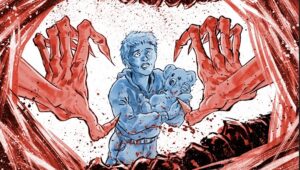
‘Bristlemouth: A Cove Horror #1’ – Comic Book Review
Bristlemouth starts off with a flash of horror before we meet our group of friends on a bit of a getaway. Among them is cancer

Bristlemouth starts off with a flash of horror before we meet our group of friends on a bit of a getaway. Among them is cancer
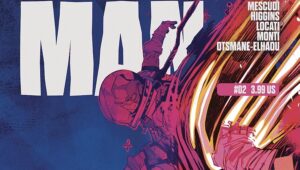
In Moon Man #2, we see Ramon testing the limits of his newly acquired abilities as he comes to understand what’s going on with him.
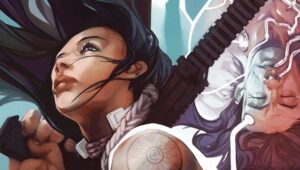
This issue is a bit more focused than the previous ones. Issues 1 and 2 each had several different plot threads that we alternated back

As the toxicity level rises in her bubble, the merwoman and axolotl Lottie are in a desperate search for water. A canyon in the distance
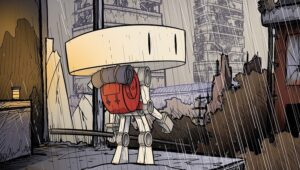
Speedy and ITTO have settled in well at the compound with JP and the other robot units. With its new upgrades, ITTO can now speak
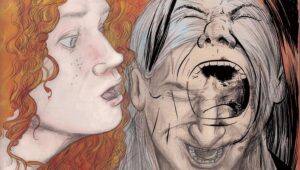
We all have those moments of regret, thinking we should have said something to someone who has passed away, wishing we could visit them one
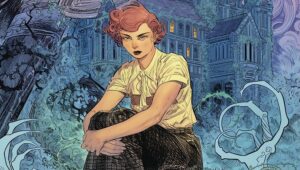
It is not often that a period piece comic with unknown characters and situations can make an impression, especially when dealing with sword and sorcery
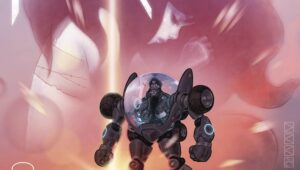
When Fanbase Press sent out their last list of comics to review, the title, The Last Mermaid, intrigued me. Was this going to have a
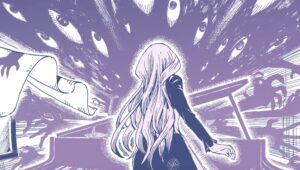
With a Victorian and anime vibe, this black-and-white comic series is the story of a young girl who must cope with loneliness, alienation, and cruelty,
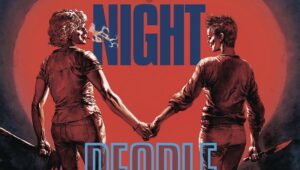
Sometimes, life just calls for a gritty comic that defies all reason and sanity. An unapologetic deep dive into the minds of the ruthless and
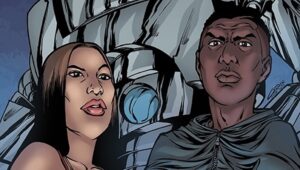
With Ruby’s vitality sapped after her loss to Identity Thief, it’s bad news when the former members of Pig Head’s gang and other local miscreants

In 2011, acclaimed comic creator Brian Michael Bendis wrote a graphic novel called Takio about two school-age sisters who gain superpowers. A year later, he